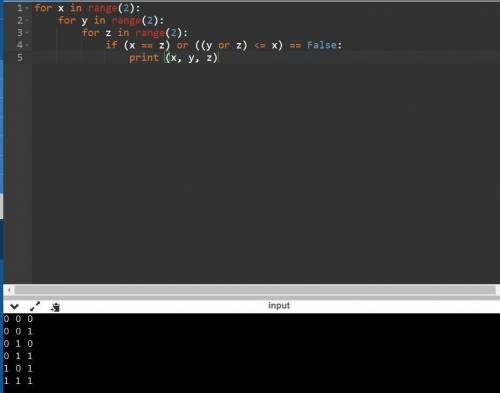

def bubbleSort(arr):
n = len(arr)
count = 0
# Traverse through all array elements
for i in range(n-1):
# range(n) also work but outer loop will repeat one time more than needed.
# Last i elements are already in place
for j in range(0, n-i-1):
# traverse the array from 0 to n-i-1
# Swap if the element found is greater
# than the next element
if arr[j] > arr[j+1] :
arr[j], arr[j+1] = arr[j+1], arr[j]
count = count+1
return count
list = [8, 1, 7, 4, 3, 9, 2, 5, 6, 10]
count = bubbleSort(list)
print(count)
Объяснение:
ответ: 18
def bubbleSort(arr):
n = len(arr)
count = 0
# Traverse through all array elements
for i in range(n-1):
# range(n) also work but outer loop will repeat one time more than needed.
# Last i elements are already in place
for j in range(0, n-i-1):
# traverse the array from 0 to n-i-1
# Swap if the element found is greater
# than the next element
if arr[j] > arr[j+1] :
arr[j], arr[j+1] = arr[j+1], arr[j]
count = count+1
return count
list = [8, 1, 7, 4, 3, 9, 2, 5, 6, 10]
count = bubbleSort(list)
print(count)
Объяснение:
ответ: 18
ответ в картинках.
def f(x,y,z):
return (x == y) or ((y or z) <= x)
for x in range(2):
for y in range(2):
for z in range(2):
if not f(x,y,z):
print(x,y,z)
Объяснение:
У тебя не верная логика в условии if.
сравнение == False применяется только к (y or z) <= x, а должно ко всему выражению.